A common narrative portrays “Rural America” as one big place with one set of similar people and facing similar challenges. Yet, in reality, rural America’s geographic, demographic, and socioeconomic landscapes are remarkably diverse. Rural places can be hilly and remote, or begin at an interstate exit with flat lands stretching to the horizon. The racial and ethnic composition can look like it did 50 years ago or be decades ahead of trends. Their economies might be driven by tractors and commodity prices or by factories and the retail trade. The American Communities Project uses its unique community typologies as well as data and on-the-ground reporting to explore these differences and blow up the mythology of rural America. (Note: The multimedia report contains many graphics and interactive features that can delay loading time.)
Issue Contents
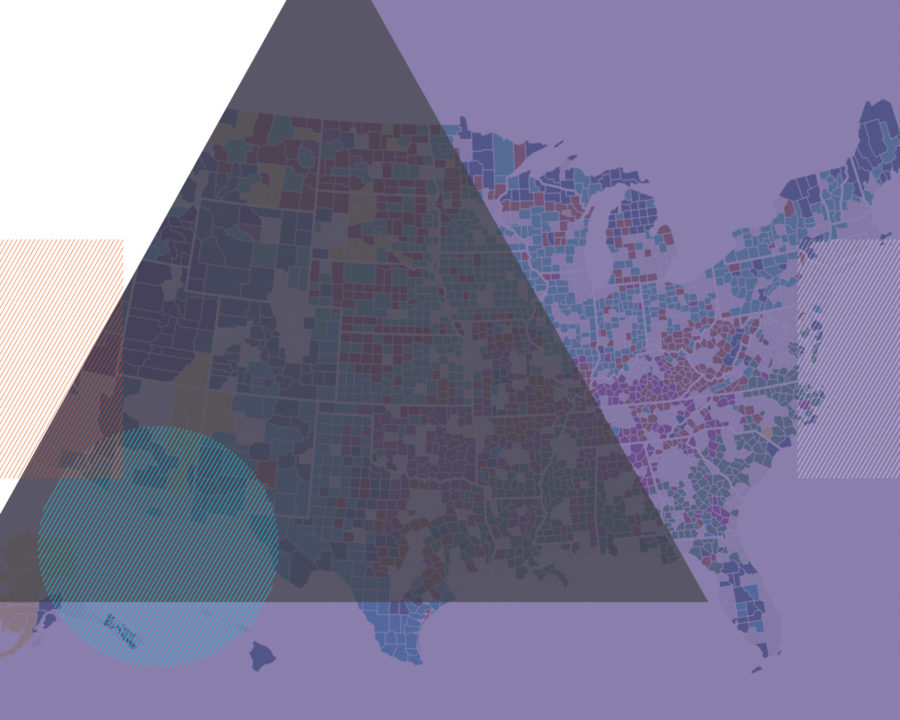
Overview
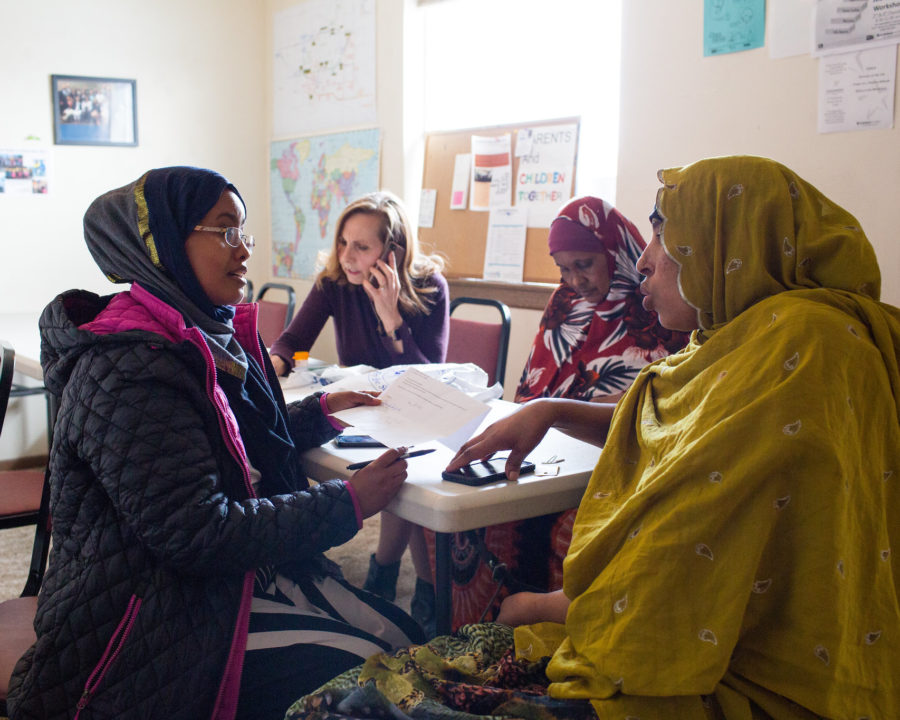
In the Field: Rural Regions and Points of Progress
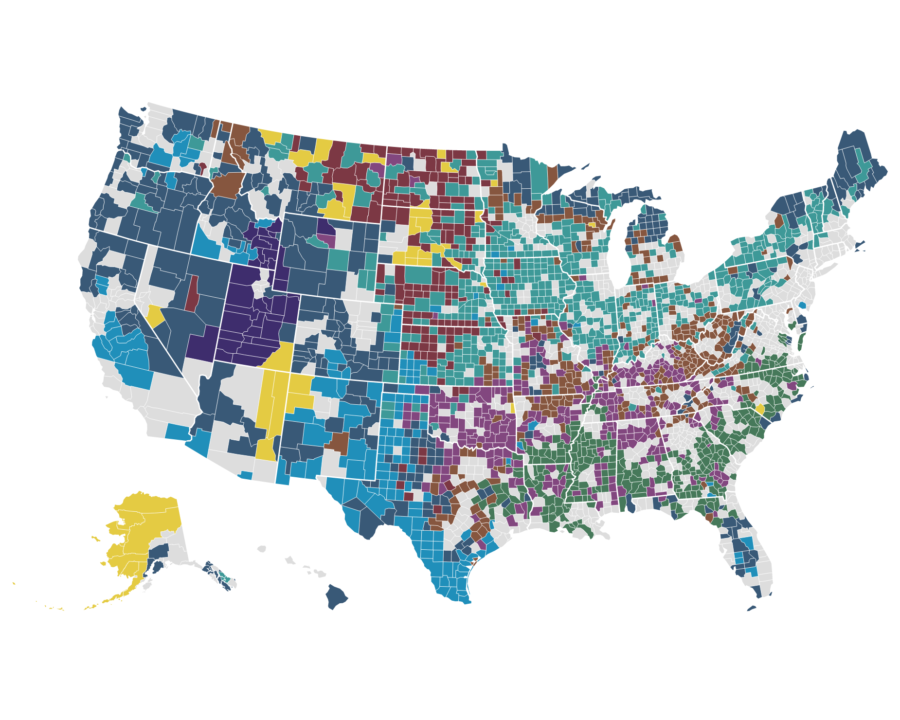
Videos: Rural Report Findings and Discussion With Community Leaders

Interactive: Explore Rural America’s Diversity
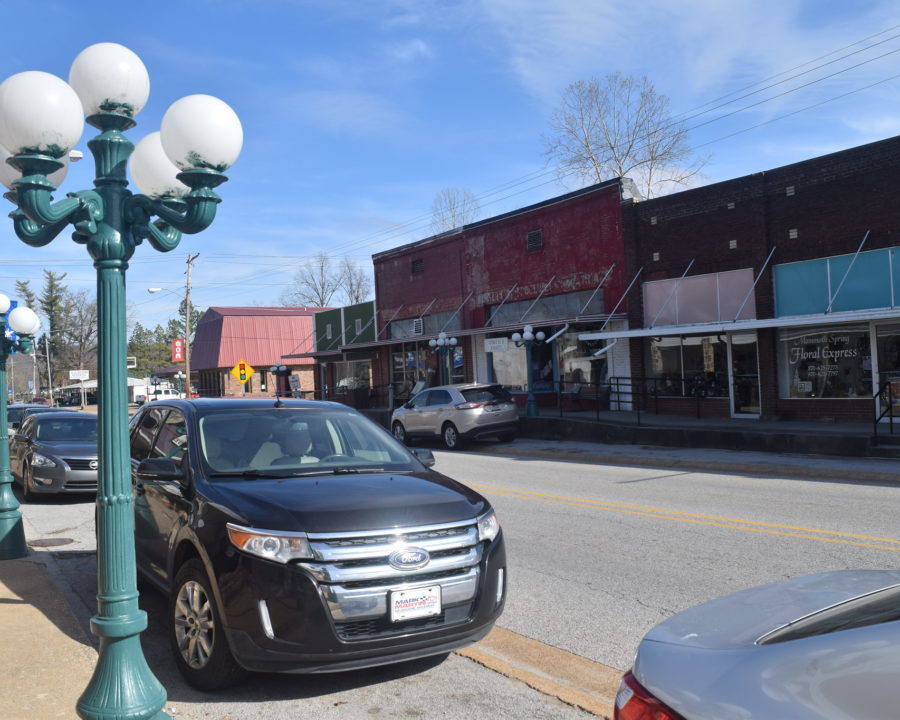
Fulton County, Arkansas: Working Class Country
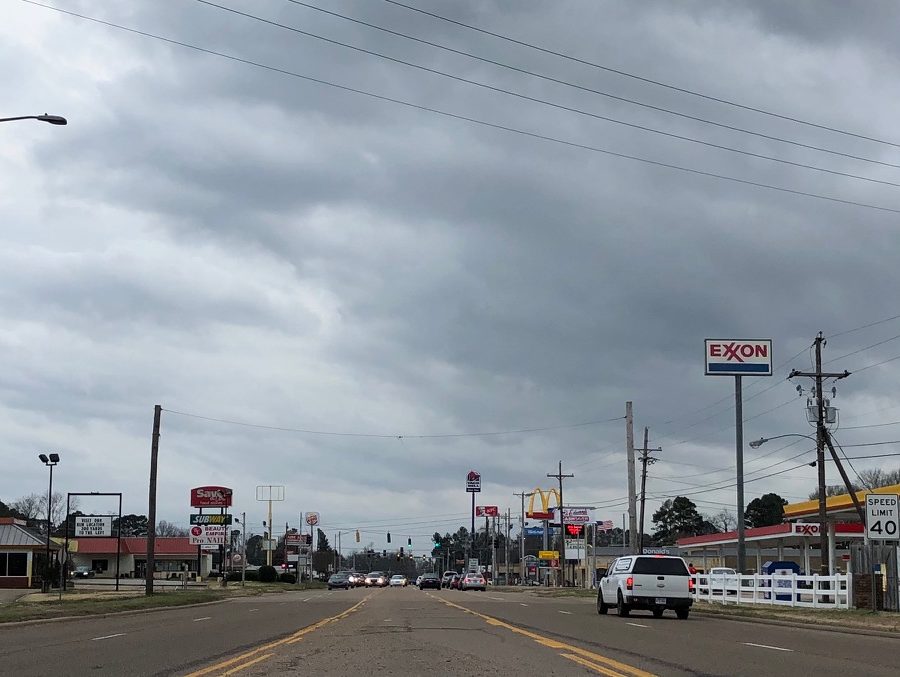
St. Francis County, Arkansas: African American South
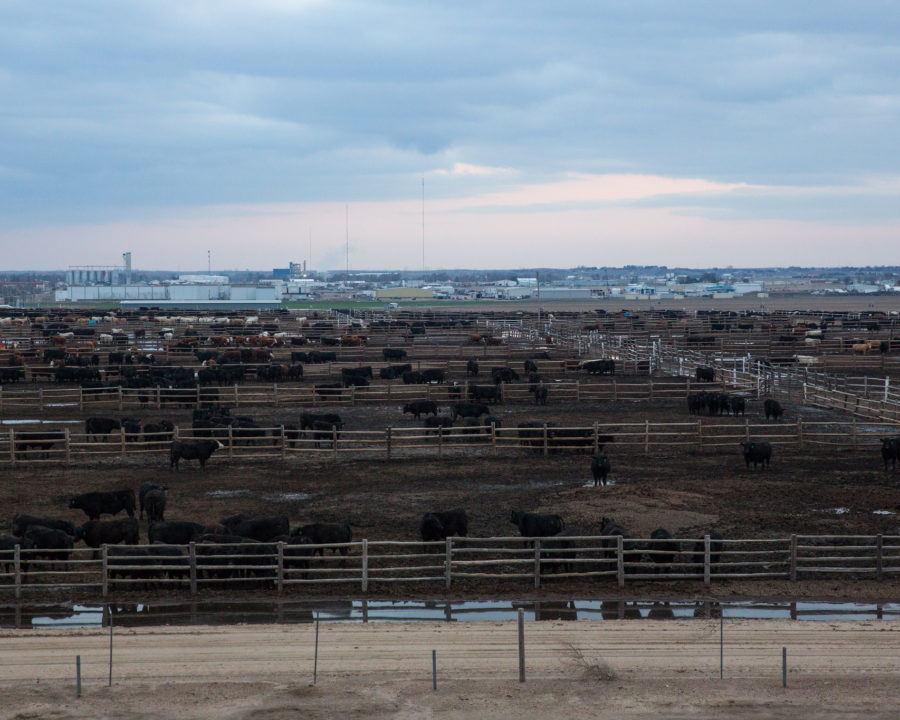
Finney County, Kansas: Hispanic Center
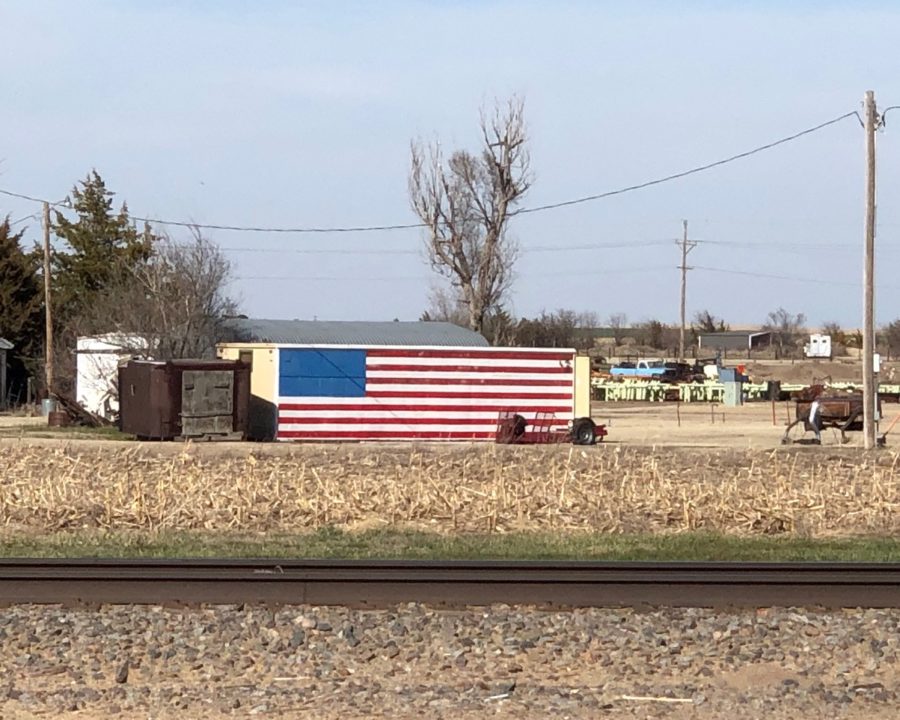
Gove County, Kansas: Aging Farmland
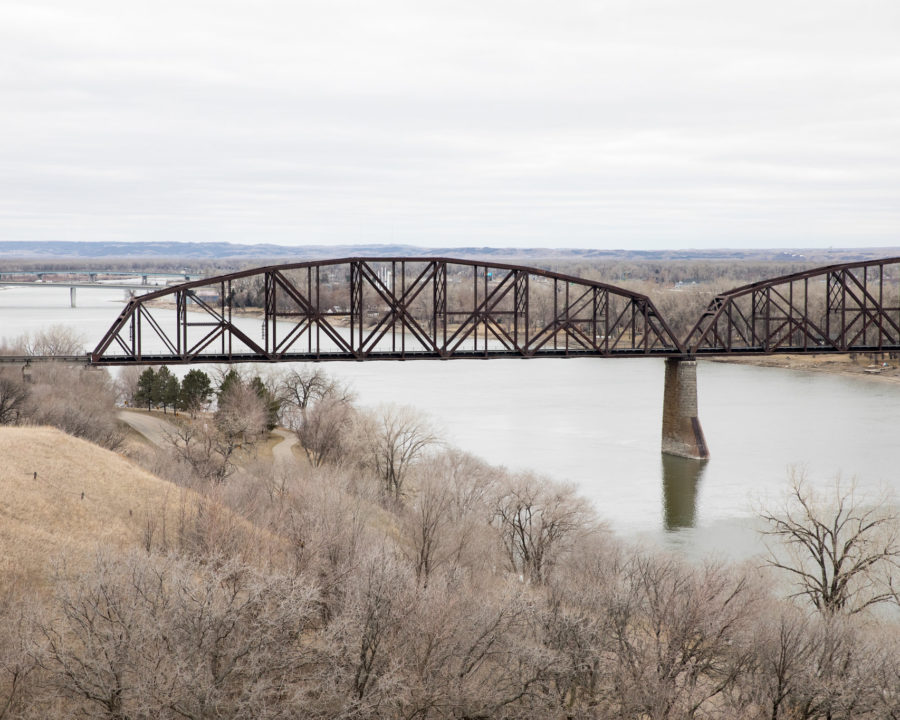
Morton County, North Dakota: Rural Middle America
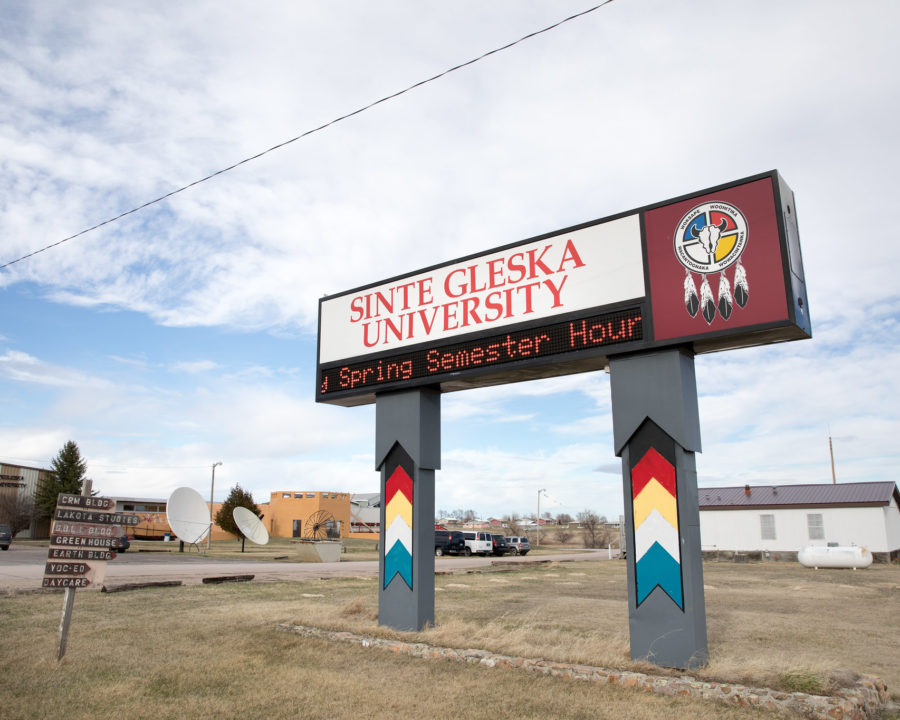
Todd County, South Dakota: Native American Land
